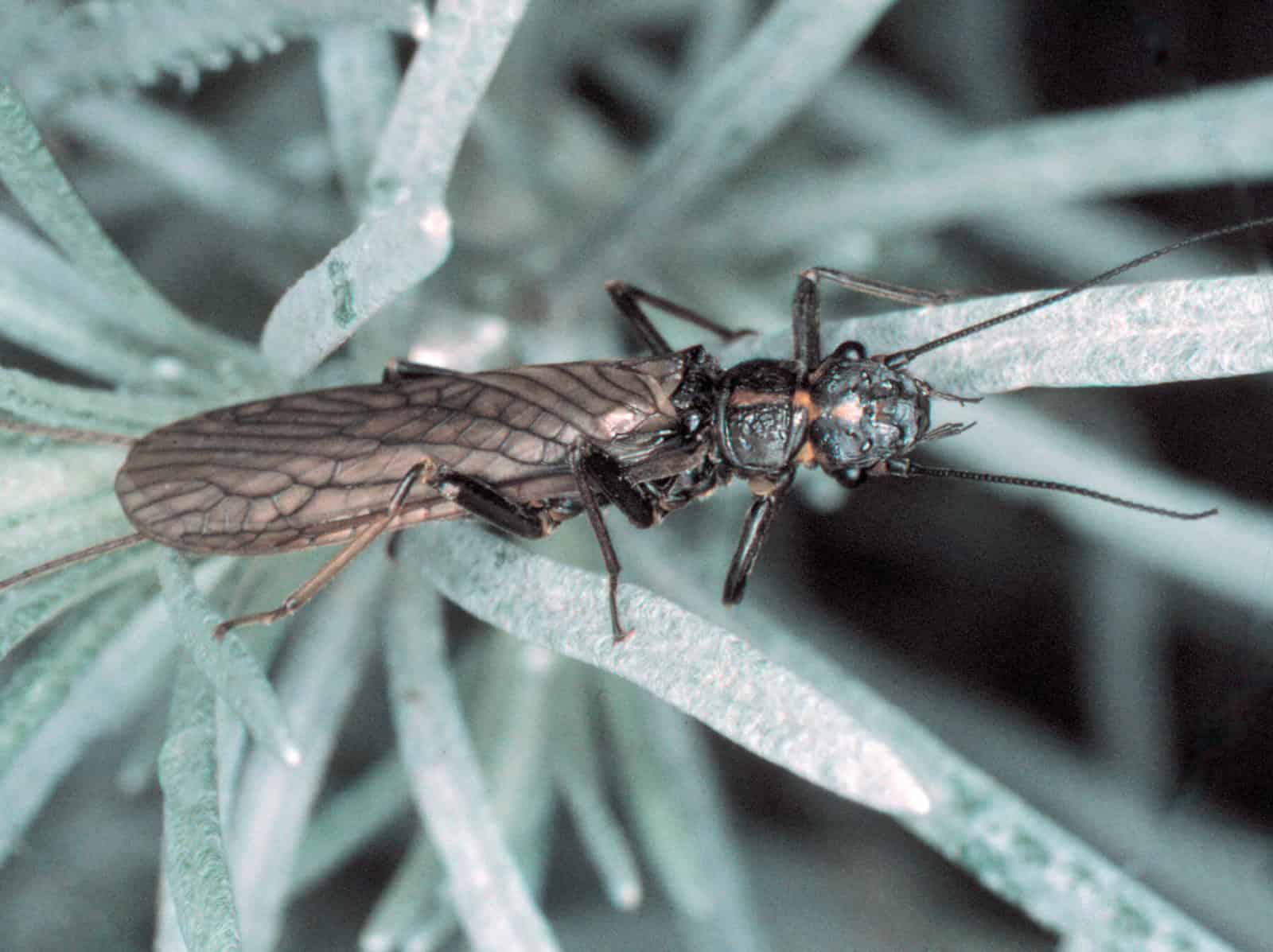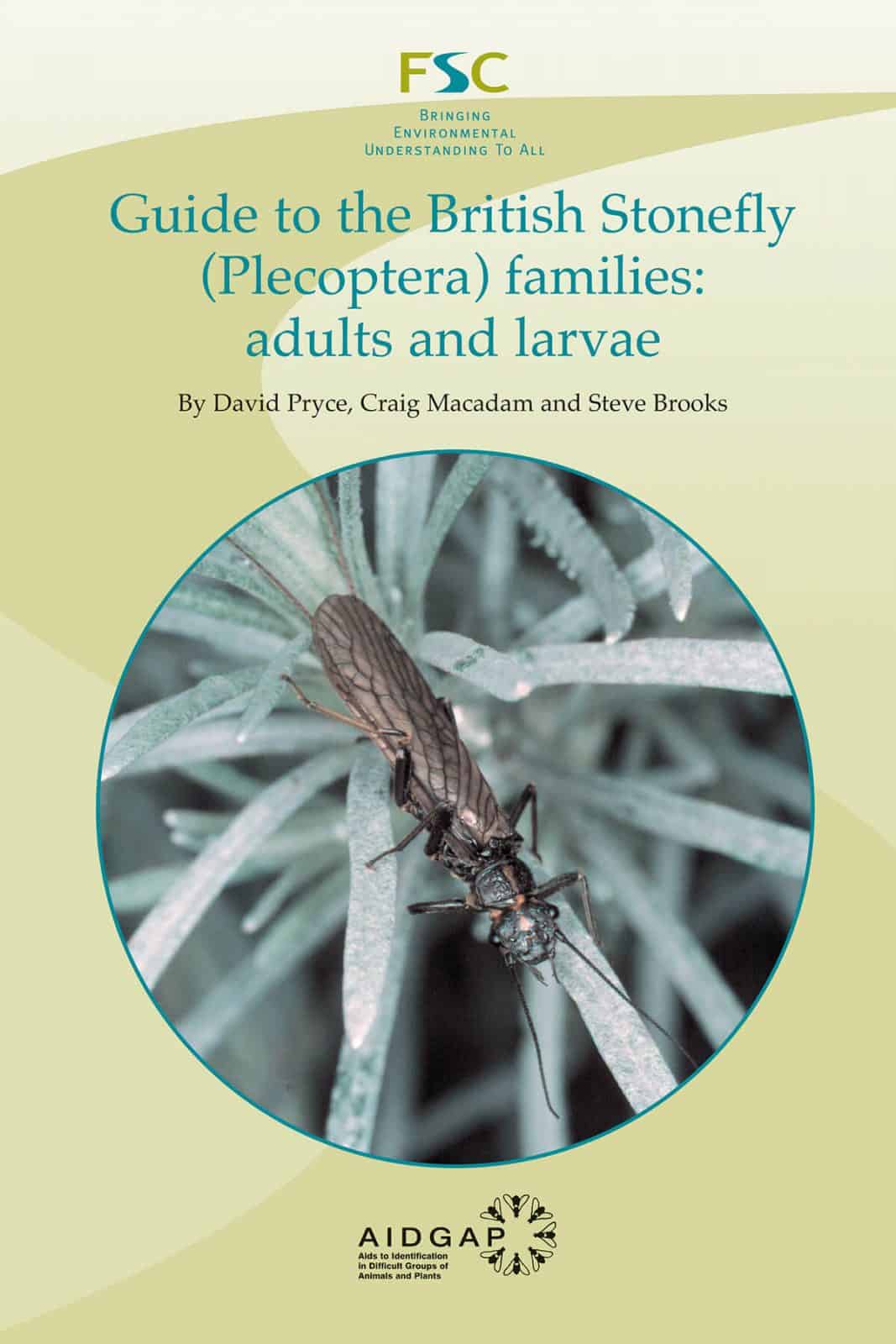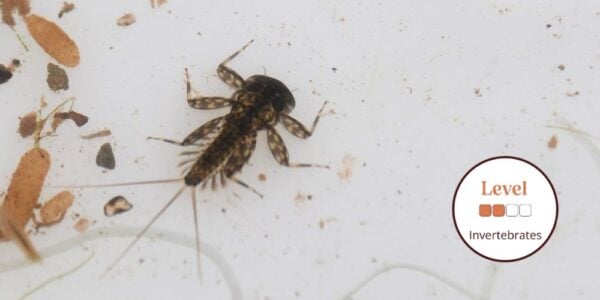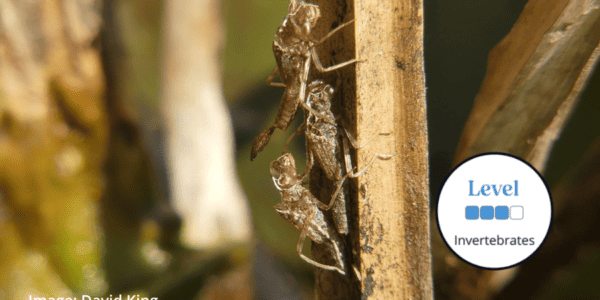Stoneflies AIDGAP
FSC Stoneflies AIDGAP features identification keys to families, for both larvae and adults. The keys will work with living specimens in the field. A flight calendar shows when the adults of each species are active.
Stoneflies (order Plecoptera) are one of the more primitive groups of insects. Their life-cycle lacks the pupal stage typical of more advanced insects such as butterflies, beetles and true flies. All stoneflies have aquatic larvae. Since stonefly larvae require high oxygen concentrations in the water, they are commonest in rocky upland streams. However several species occur elsewhere, including boggy pools, lakes and the lower course of rivers. Due to their high oxygen requirements, the larvae are particularly sensitive to organic pollution. By contrast many species can tolerate moderate heavy metal pollution.
There are approximately 2700 species of stonefly wordwide, with the greatest diversity in temperate regions and mountain parts of the tropics. In Britain there are 34 species, belonging to seven families. However two of these species are possibly extinct.
Collecting stoneflies for identification is straightforward. Larvae are best captured in a fine aquatic net through kick-sampling of the stream bed. Reliable identification is possible for specimens of more than 5mm in length. Adult stoneflies can be found by sweeping bankside vegetation with a strong net.
This guide is part of the FSC’s AIDGAP series (Aids to Identification in Difficult Groups of Animals and Plants). Our AIDGAP guides are accessible identification keys, suitable for non-specialists from age 16+. As with all guides in the series, the Stoneflies AIDGAP underwent extensive testing before publication, by beginners and specialists alike.




